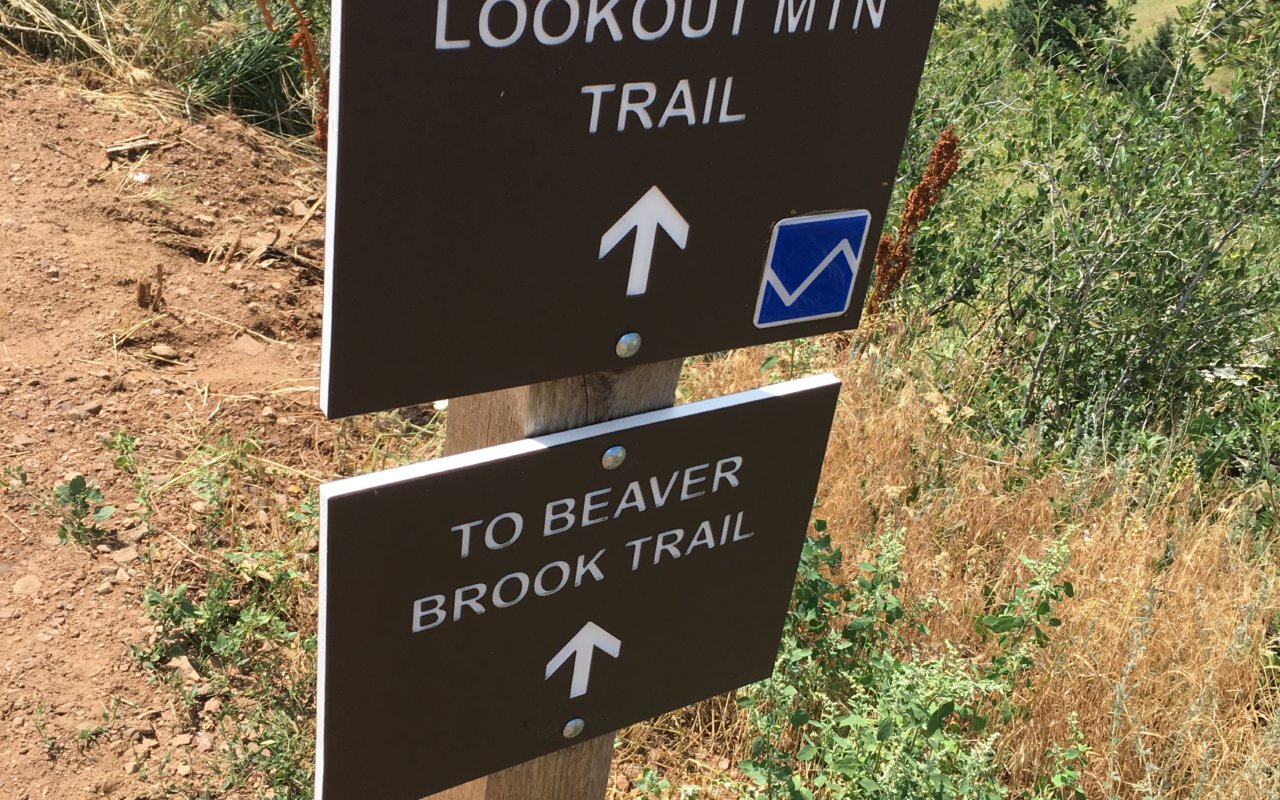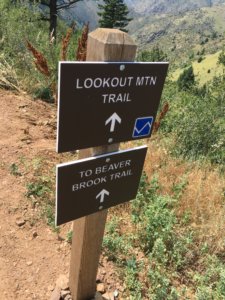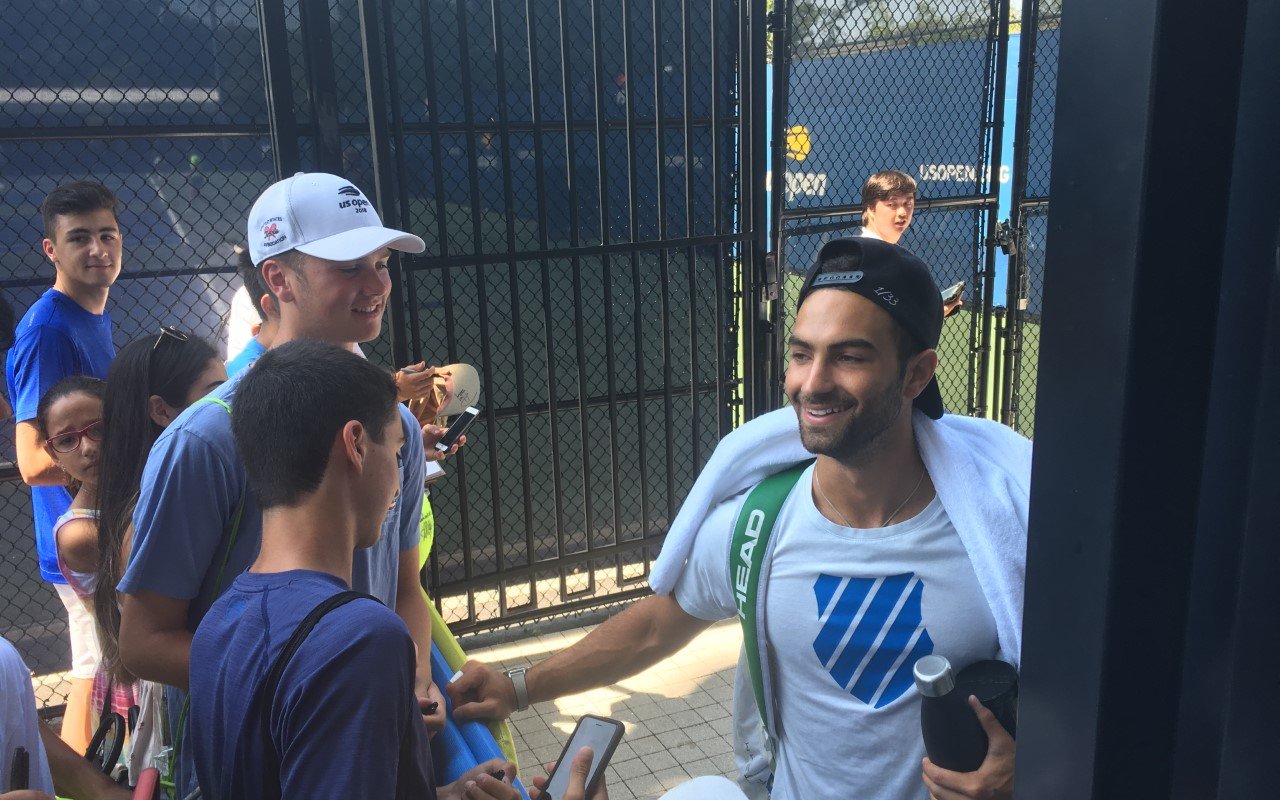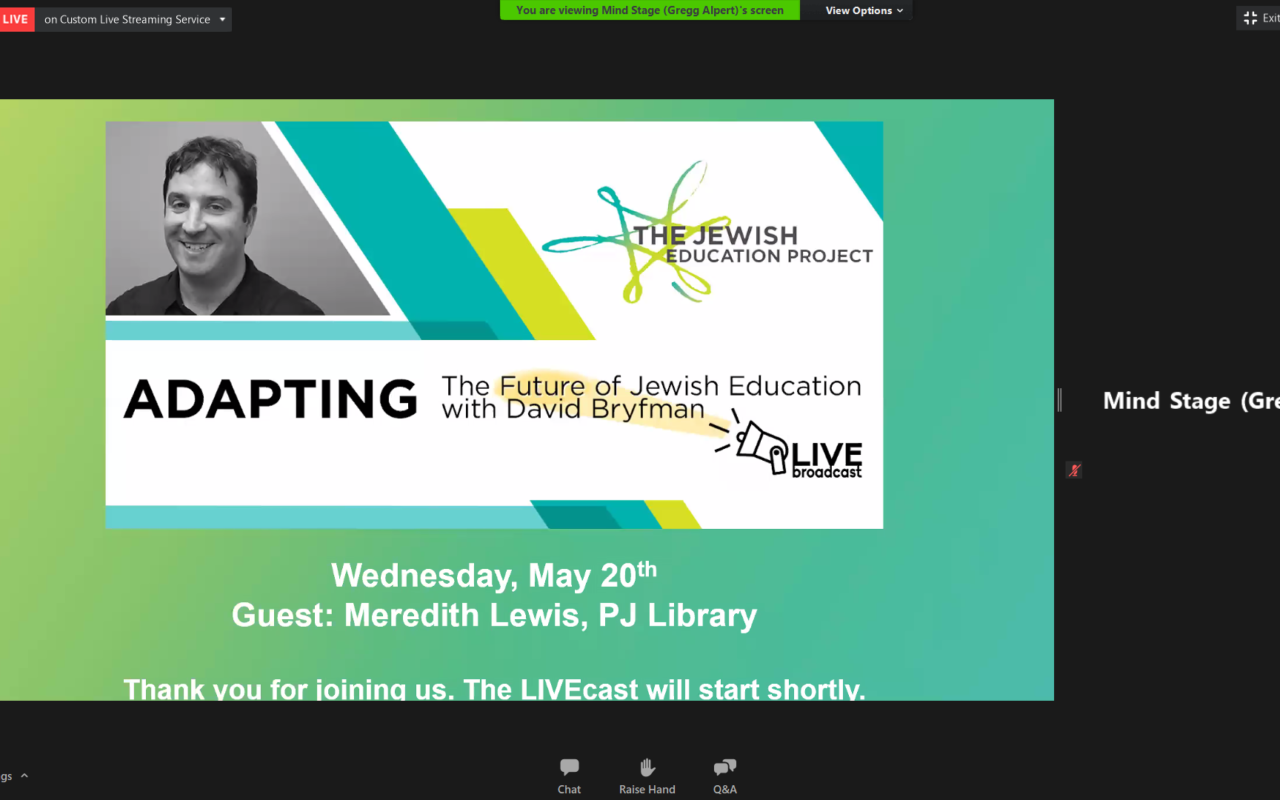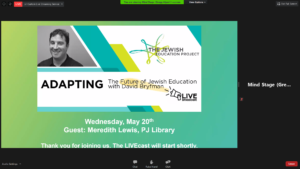Thousands of families across the country received very sad news this week—their children will not be attending their beloved camp this summer. That means 4, 6, 8 or more weeks of kids home with little structure, and few opportunities to socialize with friends in the great outdoors.
Yesterday, a friend posted this request for ideas for occupying kids:
“Putting this out there to my Facebook friends, since many of us are in the same boat… Does anyone have a clue what they’re doing with their kids all summer now that camps are officially shut down? I’m open to any ideas that get them outside and being social (while remaining socially distant and safe.)”
Within 19 hours, he got 51 responses, ranging from rent an RV and drive cross country, to put them up for adoption! Other less dramatic options included buying a trampoline and riding bikes, and creating a project based program- an hour online a day and then they have to build/create/do off line. In response to this last suggestion, someone shared news of a Canadian-based newsletter and FB group, Backyard Camp [https://backyardcamp.ca/?fbclid=IwAR39kckaNfQRzvzSB4F4nsRbLS5bCP1GKvLjjiPWjx4lS-HWhd9lnApztM0].
While parents clearly have a lot to balance this summer—between working, cooking meals, and keeping kids engaged, there are clearly many creative, fun, educational–even low(er) stress options. As a start, many camps and camping movements are offering several hours of virtual camp programs per day.
This summer provides a wonderful opportunity to think of the things you enjoyed as a child and share them with your children. Think also of the life skills they will need to learn and get a jump NOW! Here is a start.
-take a hike!
-make a terrarium
-learn basic meal prep (and baking!)
-learn how to do the laundry! (bonus points for learning to iron!)
-yard work: cutting the grass, raking, trimming hedges, weeding
-plant a garden
-music appreciation (listen to music from different eras, genres, etc)
-paint by numbers
-do tie dyeing
-draw with colored pencils
-build a model (I loved tanks, cars and planes as a kid!)
-start a business! (one camper of mine, a 24-year-old with Down Syndrome, started a t-shirt company—he has one design for now and is selling online and donating part of the profits to some organizations he and his family care about)
-limit time on the computer, but know, there are some wonderful, educational things you can do online: tour a museum, learn a language, learn an instrument..
The summer may not be easy, but it can certainly have moments of skill-building, togetherness and FUN!
